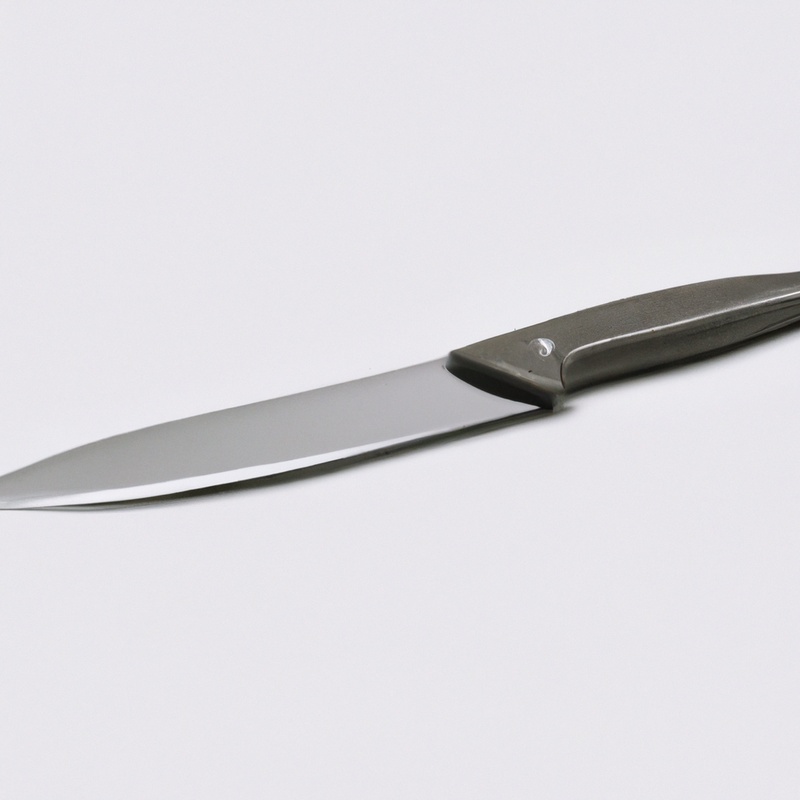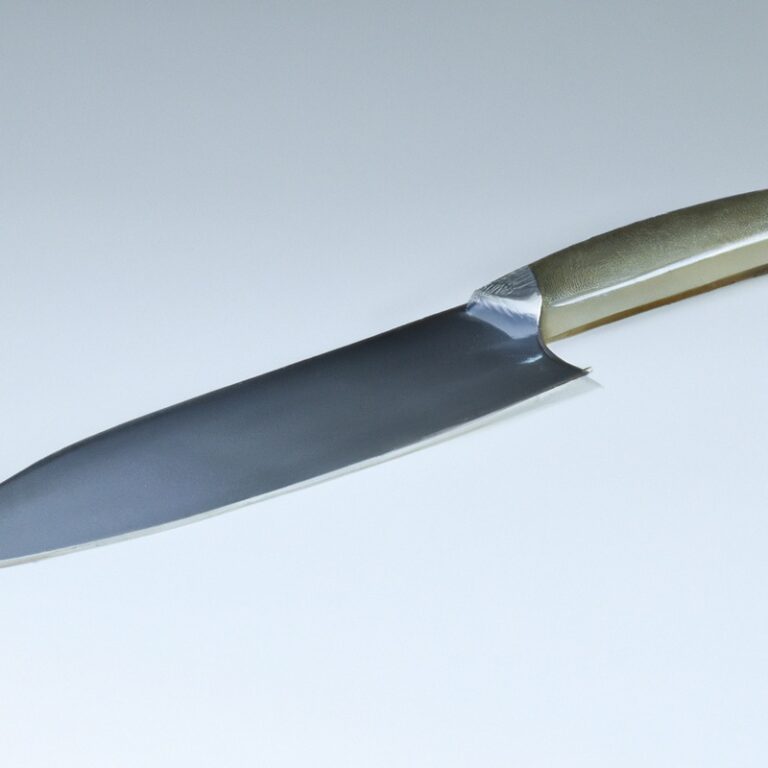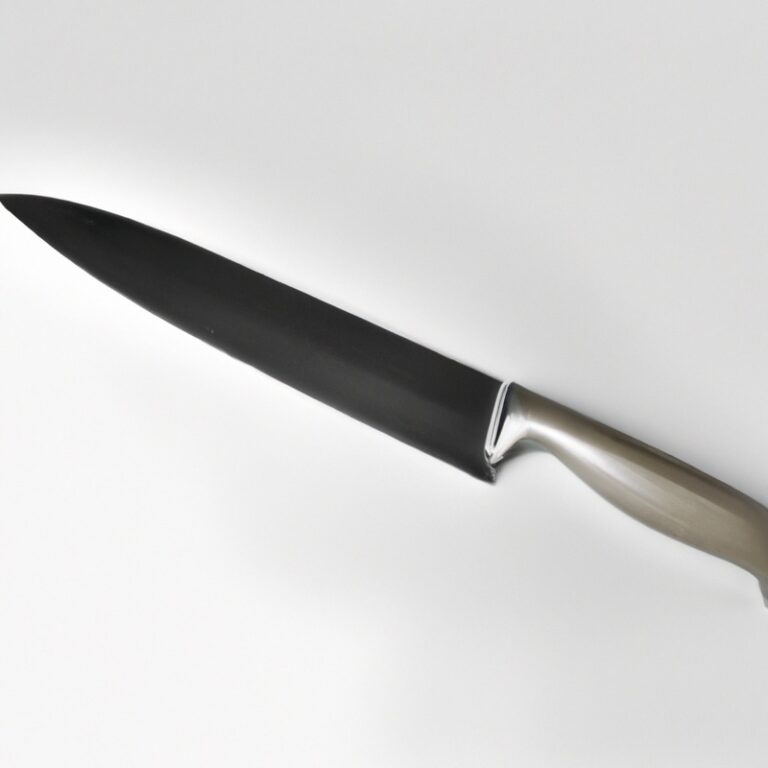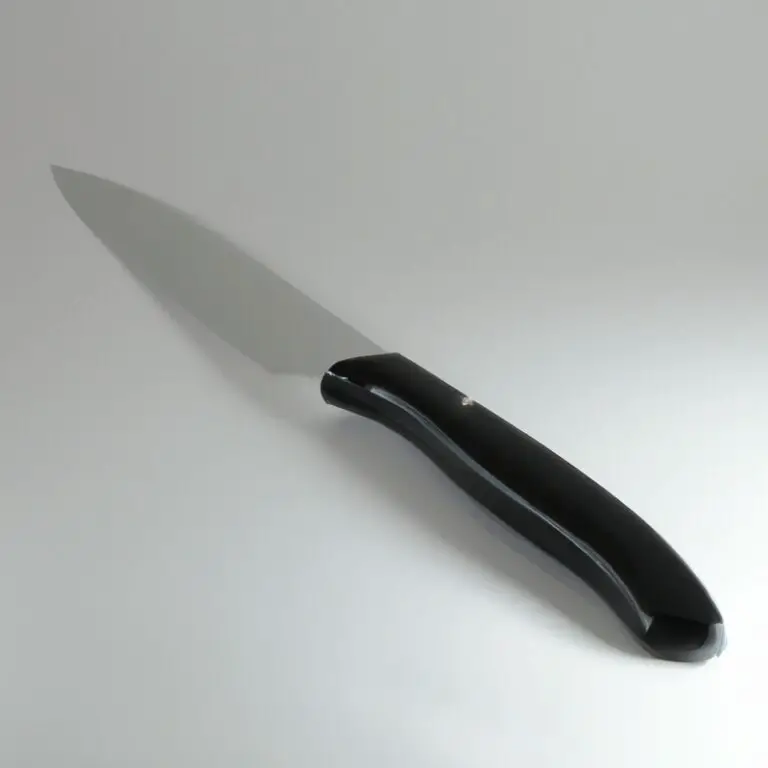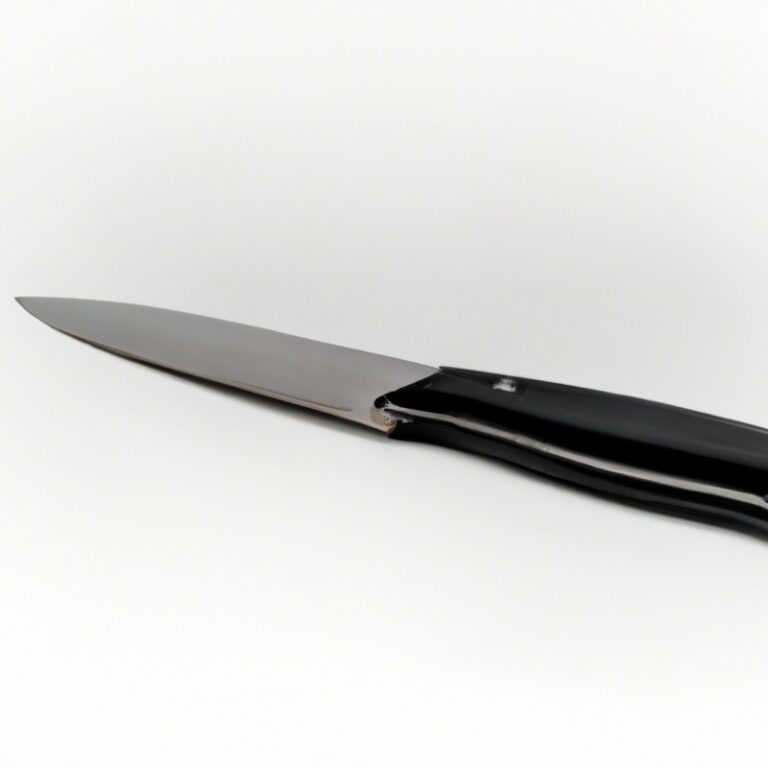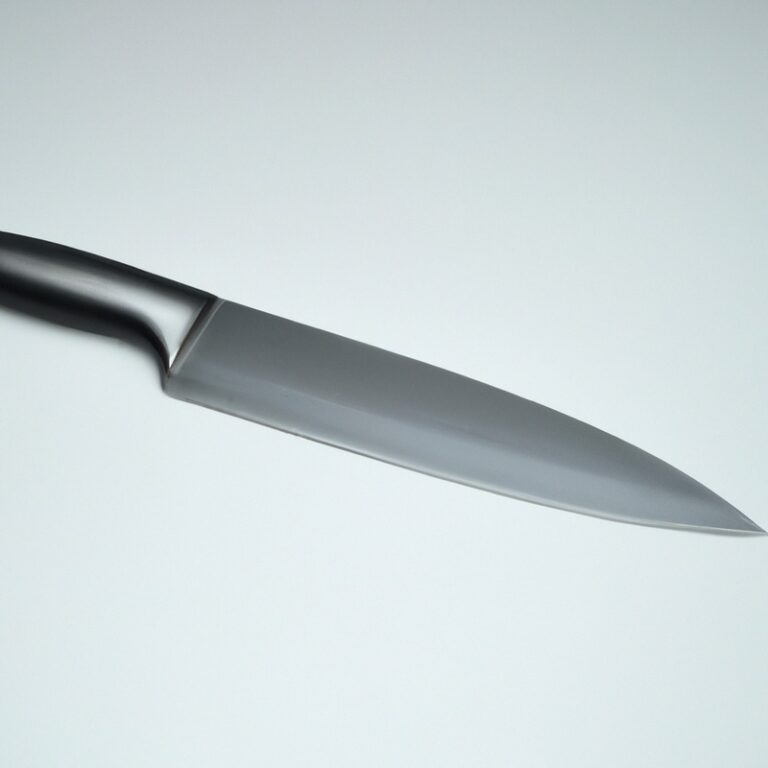How Does Knife Steel Influence Blade Toughness In Survival Knives?
Key Takeaways:
- Steel composition significantly impacts the toughness of survival knife blades.
- High-quality knife steels enhance durability and resistance to wear and tear.
- Different blade steel types offer a range of advantages and trade-offs in terms of toughness.
- Proper heat treatment plays a crucial role in maximizing the toughness of knife steel.
Have you ever wondered why some survival knives can withstand the harshest conditions while others snap under pressure?
The secret lies in the knife steel, the unsung hero that determines the blade’s toughness.
As an experienced survivalist and knife enthusiast, I’ve come to appreciate the intricate connection between knife steel and blade performance.
In this article, I will delve into the fascinating world of knife steel and how it influences the toughness of survival knives.
From the composition and heat treatment process to blade geometry, we will explore the key factors that make all the difference in your ultimate survival tool.
So, buckle up, because we’re about to dive deep into the steel jungle!
| Blade Toughness | Knife Steel | |
| 1 | High | CPM-3V |
| 2 | High | Crucible S35VN |
| 3 | High | A2 Tool Steel |
| 4 | Medium | 420HC Stainless Steel |
| 5 | Medium | 440C Stainless Steel |
| 6 | Low | 420 Stainless Steel |
Factors affecting blade toughness
Knife steel composition
Knife steel composition refers to the specific makeup of the steel used to craft the blade. The composition includes elements such as carbon, chromium, vanadium, and molybdenum, among others.
Different combinations and quantities of these elements determine the steel’s properties, including hardness, toughness, and corrosion resistance.
For example, high carbon content contributes to increased hardness but may reduce strength. Choosing the right steel composition is crucial in determining the performance and durability of a survival knife.
Popular knife steel compositions include 1095, 440C, and A2.
Heat treatment process
The heat treatment process is a critical step in enhancing the toughness of knife steel. It involves heating the steel to a specific temperature and then rapidly cooling it.
This process helps to refine the microstructure of the steel, making it stronger and more resistant to fractures.
Additionally, tempering is often done after heat treatment to further improve toughness. During tempering, the steel is reheated to a lower temperature and then slowly cooled.
This reduces the hardness while increasing toughness and flexibility.
Proper heat treatment is essential for achieving optimal blade toughness and performance.
Blade geometry
Blade geometry plays a significant role in determining the performance and toughness of a survival knife. The shape of the blade, including its thickness, edge angle, and grind, affects how it handles different tasks.
For example, a thicker blade with a convex grind is more robust and better suited for heavy-duty tasks like chopping, while a thinner blade with a flat grind excels at slicing and precision cutting.
The geometry also has an impact on the knife’s balance, maneuverability, and overall strength. It’s essential to consider the intended use when selecting the right blade geometry for your survival knife.
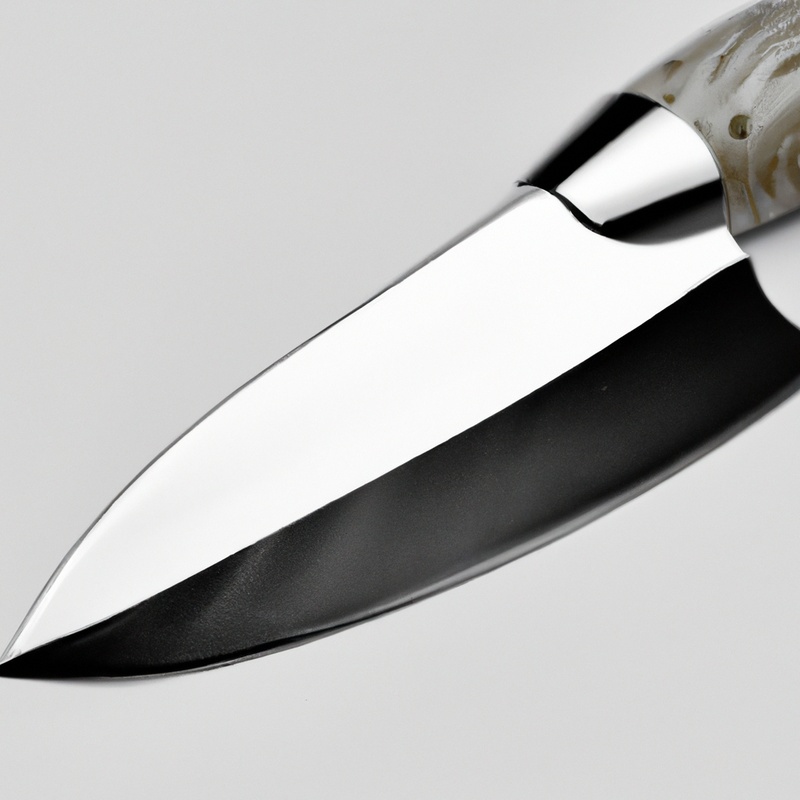
Understanding knife steel
Different types of knife steel
Different types of knife steel can vary in terms of their composition and properties.
Some common types include stainless steel, carbon steel, and high-carbon stainless steel.
Stainless steel is known for its corrosion resistance, making it a popular choice for knives used in wet environments.
Carbon steel, on the other hand, is known for its hardness and ability to hold an edge, but it is more prone to rust.
High-carbon stainless steel combines the best of both worlds, offering good corrosion resistance and edge retention.
Each type has its own strengths and weaknesses, so it’s important to choose one that fits your specific needs.
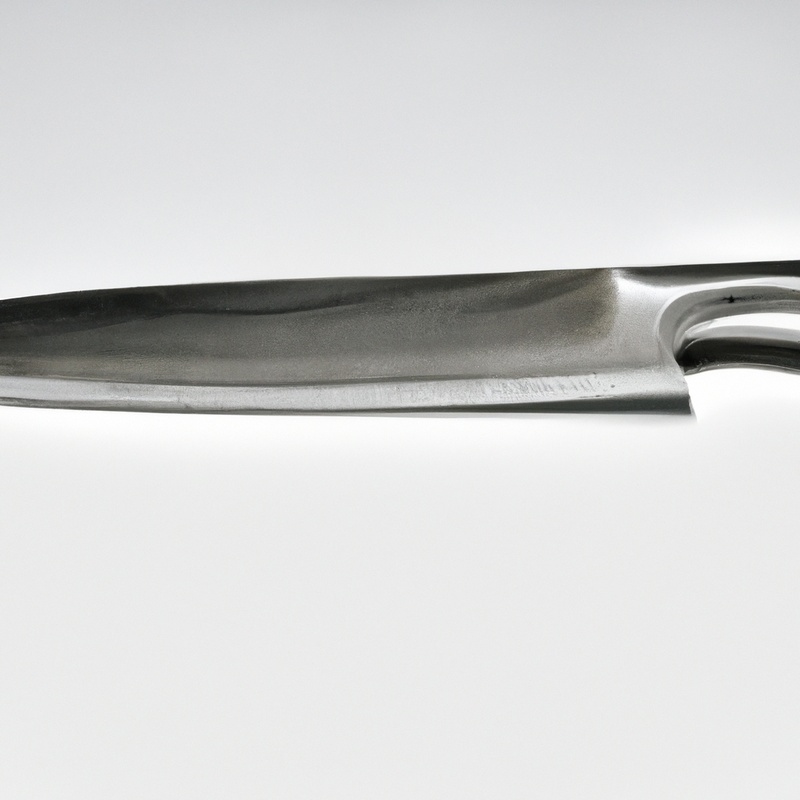
Properties of knife steel
Knife steel possesses several important properties that determine its performance and suitability for different applications. Some key properties include hardness, toughness, and corrosion resistance.
Hardness refers to a steel’s ability to resist deformation and maintain its shape.
This property is crucial for edge retention and the ability to hold a sharp edge. Toughness is the steel’s capacity to absorb energy without breaking.
A tough blade can withstand impacts and bending without fracturing.
Corrosion resistance is vital to prevent the steel from rusting and corroding over time, especially in outdoor and wet environments. Different types of knife steel offer varying levels of these properties, so it is essential to choose the right steel based on your specific needs and usage requirements.
How knife steel influences blade toughness
Steel hardness and its impact on blade toughness
The hardness of the steel used in a knife blade directly affects its toughness. When steel is harder, it becomes more brittle and prone to breaking or chipping under stress.
On the other hand, a softer steel may dull more quickly but will be less likely to chip or break.
Striking a balance between hardness and toughness is important when selecting a knife steel for survival purposes. It’s essential to consider the intended use of the knife and choose a steel with the right hardness to ensure the blade can withstand the demands of survival situations.
Steel toughness and its effect on blade strength
Steel toughness directly impacts the strength of a blade.
When a knife steel is highly tough, it means it can withstand the force and impact of cutting tasks without chipping, cracking, or breaking easily.
This toughness allows the blade to maintain its structural integrity and durability even when subjected to heavy use or harsh conditions.
In contrast, a less tough steel may be more prone to damage and failure, compromising the overall strength of the blade.
So, the toughness of the steel used in a knife is crucial for ensuring its strength and reliability in various cutting applications.
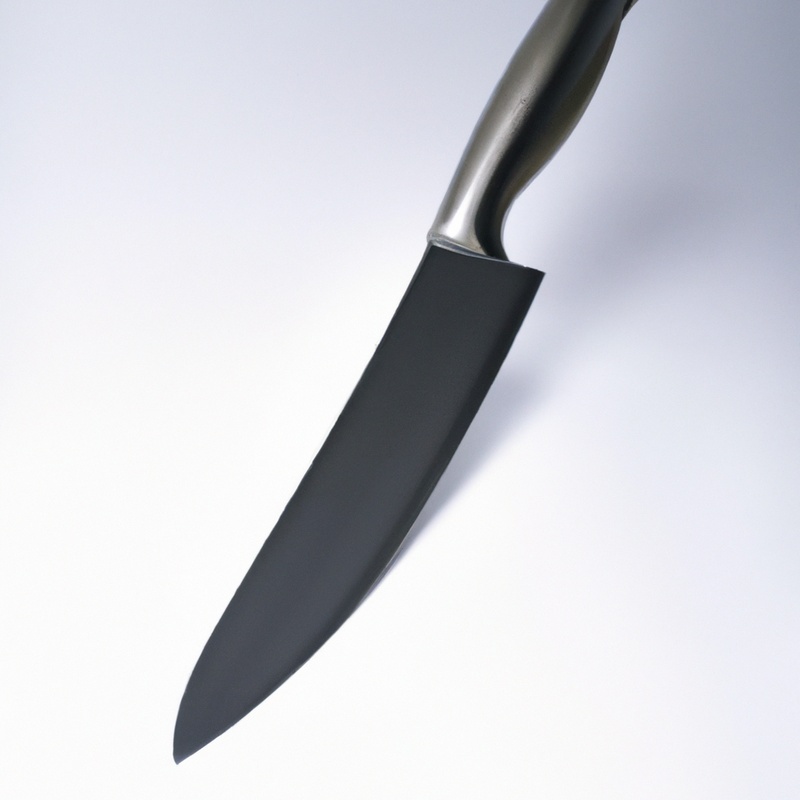
Steel corrosion resistance and its influence on blade longevity
Steel corrosion resistance is a key factor in determining the longevity of a blade. When a knife is exposed to moisture and other corrosive elements, it can lead to rust and degradation of the steel over time.
This can weaken the blade and reduce its effectiveness.
By choosing a steel with high corrosion resistance, you can ensure that your blade will last longer and maintain its performance. Regular cleaning and proper storage can also help prevent corrosion and extend the lifespan of your knife.
Choosing the right knife steel for survival knives
Considerations for survival knife usage
When using a survival knife, there are a few important considerations to keep in mind.
Firstly, it’s essential to choose a knife that is durable and can handle the tough demands of survival situations.
Look for a knife with a strong blade and a sturdy handle that provides a secure grip.
Secondly, consider the size and weight of the knife.
A smaller, lightweight knife may be more convenient for everyday carry, but a larger, heavier knife can provide more power and versatility when it comes to tasks like chopping or batoning wood.
Another important consideration is the knife’s versatility.
Look for a knife that can perform a variety of tasks such as cutting, piercing, and slicing.
Additionally, consider the type of blade you prefer, whether it’s a fixed blade or a folding knife, as each has its own advantages and disadvantages.
Lastly, always remember to practice proper knife safety and maintenance.
Keep the blade sharp and clean, and use the knife responsibly to avoid accidents or injuries.
With these considerations in mind, you can choose a survival knife that suits your needs and is reliable in any survival situation.
Popular knife steels for survival knives
Popular knife steels for survival knives include:
- : Known for its excellent edge retention and durability, 1095 steel is a popular choice among survival knife users. It is easy to sharpen and can withstand heavy use.
- D2: D2 steel offers high corrosion resistance and good edge retention. It is also tough and can handle rugged tasks, making it suitable for survival knives.
- S30V: Recognized for its exceptional corrosion resistance, S30V steel maintains its edge well. It is a premium steel that offers good toughness and is often used in high-end survival knives.
- AUS-8: AUS-8 steel provides good corrosion resistance and excellent wear resistance. It is easy to sharpen and has good toughness, making it a reliable choice for survival knives.
- CM: 154CM steel is highly regarded for its excellent overall performance. It offers good edge retention, corrosion resistance, and toughness, making it a versatile option for survival knives.
When choosing a knife steel for your survival knife, consider the specific tasks you will be using it for and find a steel that best suits those requirements.
Maintaining blade toughness
Proper knife handling and usage techniques
Proper knife handling and usage techniques are essential for maintaining blade toughness in survival knives. Here are some tips to keep in mind:
- Use the right cutting technique: When using a survival knife, it’s important to employ the appropriate cutting techniques. This includes using a slicing motion rather than applying excessive force or hacking motions that can damage the blade.
- Avoid prying or twisting: Survival knives are designed for cutting, not prying or twisting. Using a knife for these purposes can cause the blade to become damaged or even break.
- Store your knife properly: When not in use, it’s important to store your survival knife in a sheath or protective case. This helps prevent accidental damage to the blade and keeps it away from moisture or other corrosive elements.
- Keep the blade clean and dry: After each use, make sure to clean the blade and dry it thoroughly. This prevents corrosion and helps maintain the knife’s sharpness.
- Regularly sharpen the blade: Keeping your survival knife sharp is crucial for optimal performance. Use a suitable sharpening tool or take it to a professional for sharpening when needed.
Regular blade maintenance and care
Regular blade maintenance and care is essential for ensuring the longevity and performance of your survival knife. Here are some tips to keep in mind:
- Clean your blade after each use: Wipe off any debris or moisture using a soft cloth or paper towel. Avoid using harsh chemicals that may damage the blade.
- Dry the blade before storage: Moisture can lead to rust and corrosion, so make sure to thoroughly dry your knife before putting it away.
- Oil the blade regularly: Applying a thin layer of oil to your blade helps prevent rust and keeps it functioning smoothly. Use a high-quality knife oil or mineral oil for this purpose.
- Store your knife properly: Keep your knife in a dry place, away from extreme temperatures and humidity. Consider using a sheath or protective case to prevent accidental damage.
- Sharpen your blade when needed: Regularly check the sharpness of your knife and sharpen it using a suitable sharpening tool or professional service. A dull blade can be dangerous and less effective.
- Inspect the knife for any damage: Take the time to inspect your knife for any signs of wear, such as loose parts or chips in the blade. If you notice any issues, address them promptly to prevent further damage.
Final Verdict
Knife steel plays a crucial role in determining the toughness of survival knife blades.
Factors such as steel composition, heat treatment, and blade geometry all contribute to the overall toughness and durability of a knife.
Understanding the different types of knife steel and their properties is essential in selecting the right steel for survival knives.
Steel hardness affects edge retention, while toughness impacts blade strength.
Additionally, corrosion resistance ensures longevity.
Proper knife handling, regular maintenance, and selecting the right steel will help maintain the blade toughness and ensure the reliability of your survival knife in challenging situations.

